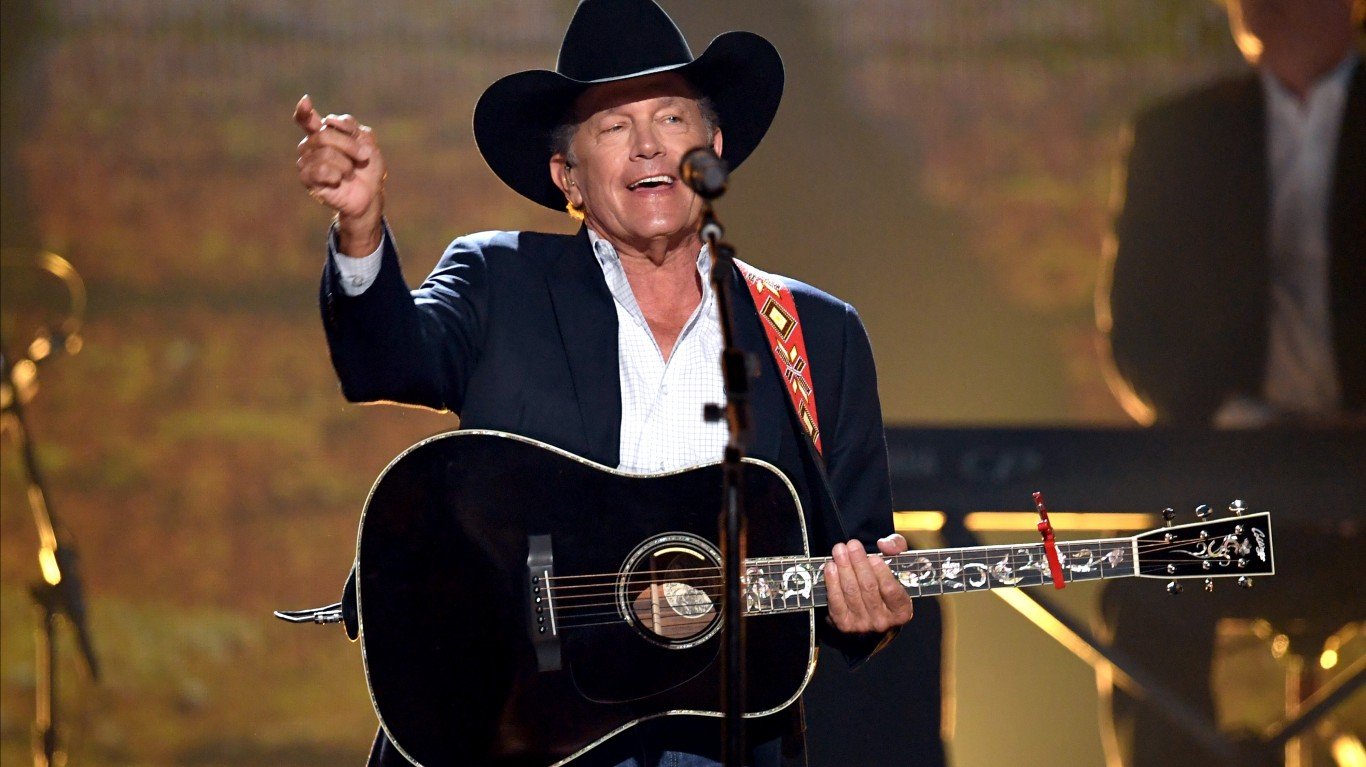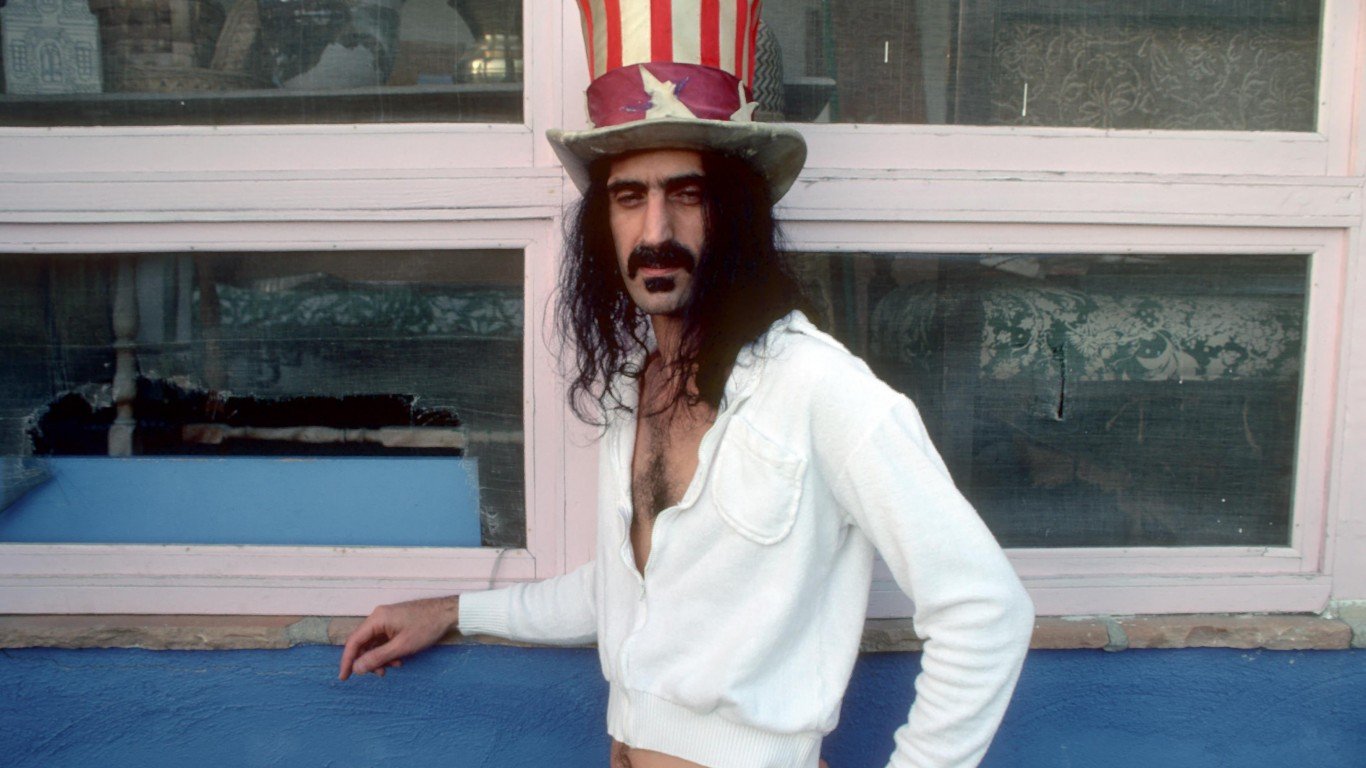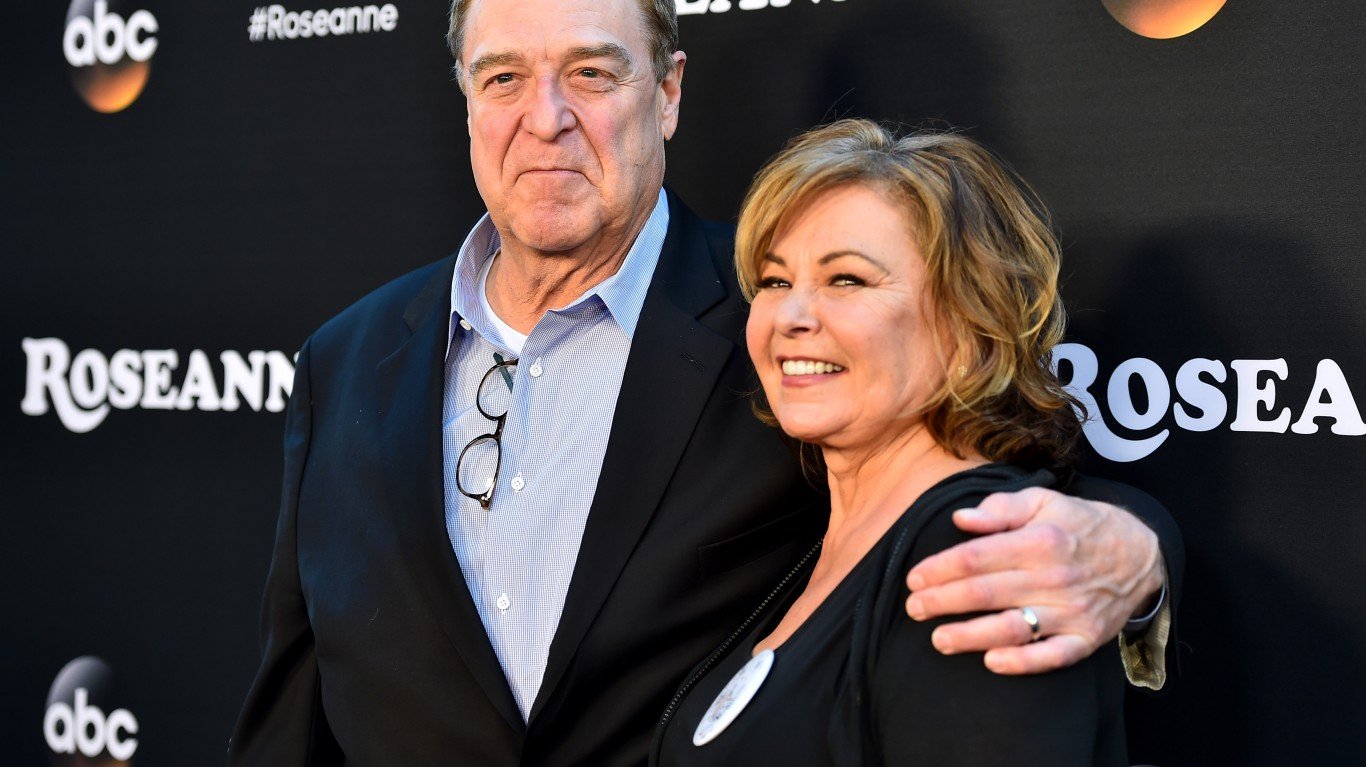

One of the premier properties of Walt Disney (NYSE: DIS) is its ESPN Sports network. The House of Mouse paid $19 billion in 1996 for an 80% stake in the TV sports giant. Adjusted for inflation, that’s about $31.6 billion, or roughly 45% of the $71 billion Disney paid for 21st Century Fox last year. In the past two and half decades, live sports has given Disney stock a serious lift.
Disney does not separately report ESPN revenues and profits, instead lumping all its TV properties into a media segment. That segment reported revenues of $24.8 billion in fiscal year 2019 (ended September 2019) and operating income of nearly $7.5 billion. Both were the company’s top totals.
While it’s difficult to figure out how much ESPN adds to a monthly pay-TV bill, one estimate from 2017 put the ESPN cost at $7.21. Add in a regional sports network and the monthly portion of a cable or satellite TV bill runs to around $9.00.
Although no live sports have been available to broadcast since March, pay-TV customers are still paying for sports programming that they can’t get even if they want it. Refunds or bill credits eventually may appear, but there have been no guarantees.
Live Sports Is Returning — Sort of
Last weekend, some 3.8 million sports-starved Americans tuned in to the CBS Sports network to watch the final round of the Charles Schwab Challenge, the first official PGA professional golf tour event since COVID-19 lockdowns began in mid-March. The viewer total was 50% higher than the tournament generated last year.
A few weeks earlier, nearly 6 million viewers watched a charity golf event featuring Tiger Woods, Phil Mickelson, Tom Brady and Peyton Manning. According to TNT, now part of AT&T Inc.’s (NYSE: T) WarnerMedia division, that was the highest-ever average for a golf event on pay TV.
Three major European soccer leagues have restarted, but are playing in empty stadiums. In the United States, an NBA championship tournament is scheduled to begin in July at Walt Disney World in Orlando, Florida. The National Hockey League is expected to begin a championship tournament on July 10, while Major League Baseball owners and players continue to work on hammering out a deal to begin a shortened baseball season.
The U.S. sports leagues, like their European counterparts, will play in empty stadiums. That means no ticket sales, and that means a big cut to team revenues.
Still, streaming services and pay-TV providers will offer whatever games are available in any sport. Disney, which is bleeding money until theme park reopenings and new film releases hit theaters, will get a boost from any sports programming.
The Impact on Disney Shares
Based on a $9.00 monthly fee for cable/satellite pay-TV customers, along with advertising revenue of $2.3 billion and streaming revenue of around $500 million, ESPN generated more than $11 billion of the $24.8 billion in 2019 media segment revenues.
The cable/satellite fees remain, except for those customers who cancelled their subscriptions. Ad revenues may not have disappeared completely, but ad rates almost certainly dipped. Streaming revenues may have increased, although it’s difficult to see why that may have occurred. Even if it did, there’s little chance that it made up the difference for subscription and advertising losses.
Most of the hopes for an improvement in Disney’s share price are pinned to a reopening of the theme parks. The company’s second quarter could be ugly, even given the success of its Disney+ streaming service. The third-quarter results will improve with the parks operating again, but restrictions on the number of customers who may enter will continue to limit the revenue generated by the parks.
A further problem for ESPN could be a renegotiation of the network’s contracts with pro sports leagues and the NCAA conferences. This could be critical if orders against large gatherings remain in force when the football season begins.
NFL and NCAA football are the kingpins of live TV sports programming. Losses to the leagues and schools from reduced (or nonexistent) ticket sales will make the leagues more reluctant to renegotiate TV contracts. The networks, like ESPN, are going to seek reductions to contract payments, at least until they see if fans are willing to watch games with stadiums either empty or only partially filled.
Other industries that could be positively affected by more live sports programming are casinos and sports betting firms. DraftKings Inc. (NASDAQ: DKNG) announced Wednesday that it has initiated a secondary stock offering valued at around $1.45 billion. The handle on newly legal sports betting operations in 20 or so states reached $22 billion last year and, all things being equal, could jump to $25 billion this year.
Disney stock has recovered about half its 40% share-price loss at the trough so far this year. Shares closed at $117.65 on Wednesday, down about 19% for the year to date, but still about $30 below their year-to-date high of $148.20.
Sponsored: Find a Qualified Financial Advisor
Finding a qualified financial advisor doesn’t have to be hard. SmartAsset’s free tool matches you with up to 3 fiduciary financial advisors in your area in 5 minutes. Each advisor has been vetted by SmartAsset and is held to a fiduciary standard to act in your best interests. If you’re ready to be matched with local advisors that can help you achieve your financial goals, get started now.
Thank you for reading! Have some feedback for us?
Contact the 24/7 Wall St. editorial team.
 24/7 Wall St.
24/7 Wall St.


